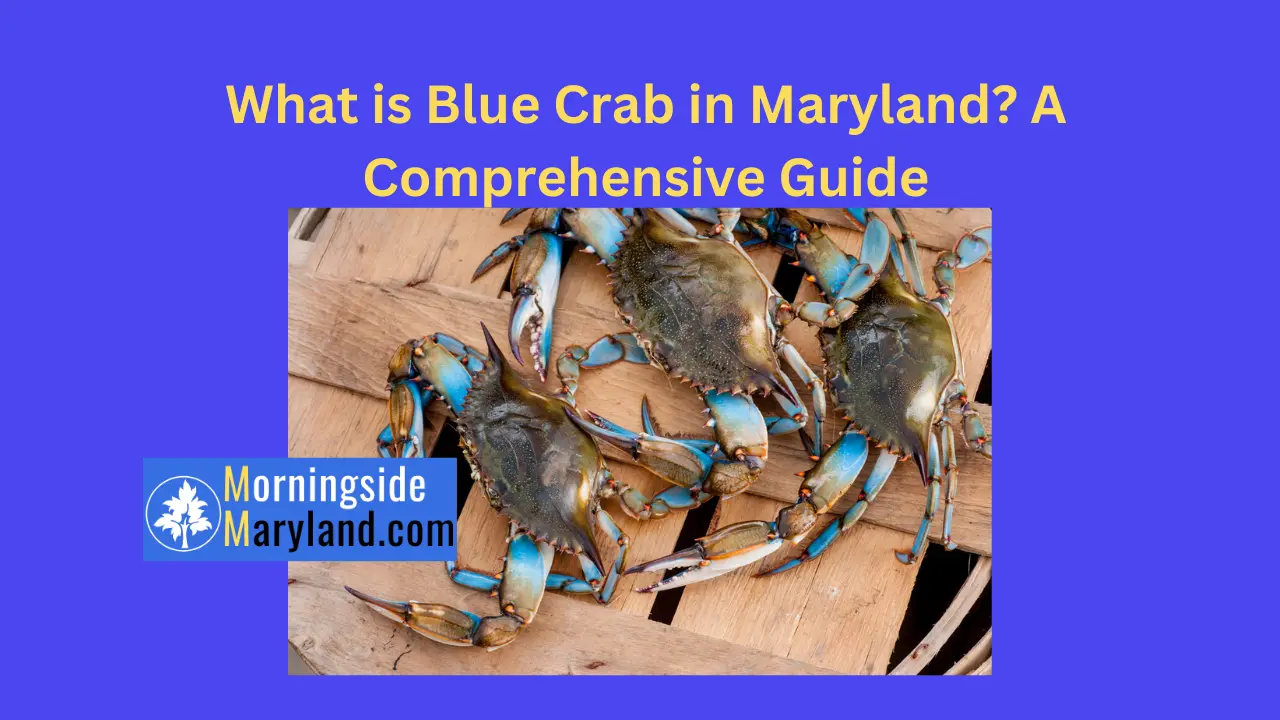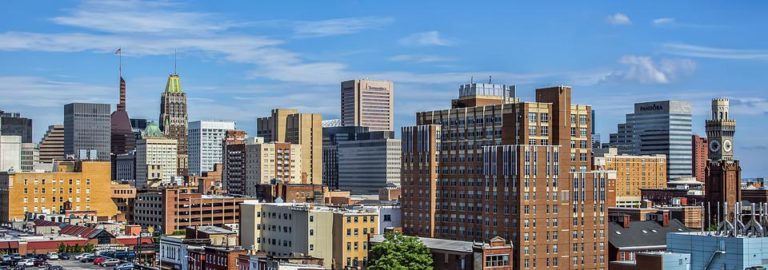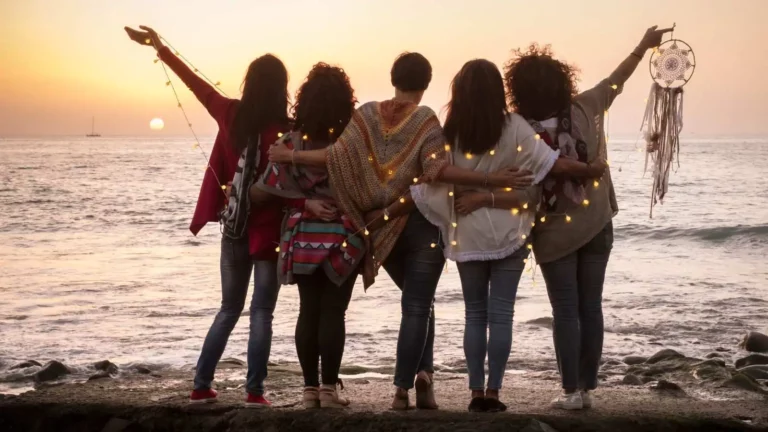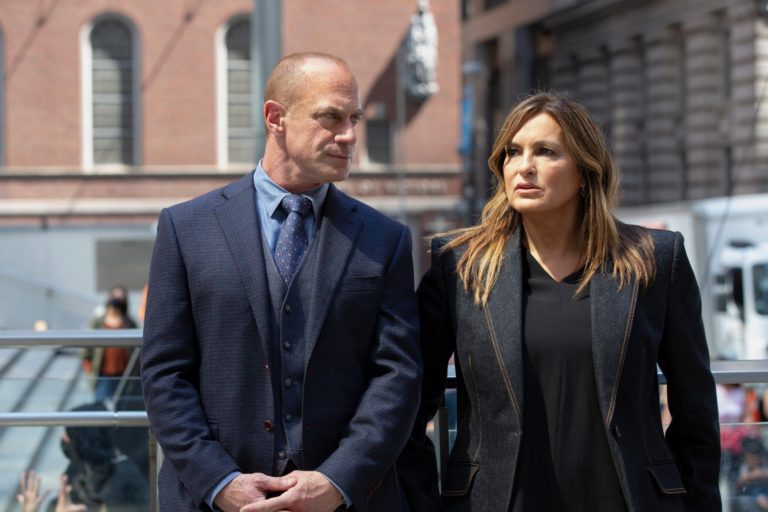What is Blue Crab in Maryland? A Comprehensive Guide
Maryland is famous for its blue crabs, a staple of the state’s cuisine and culture. These delicious crustaceans are known for their sweet, succulent meat and are a favorite of locals and visitors alike. This article will explore what blue crab is, how it is caught and prepared, and why it is such an important part of Maryland’s culinary heritage.
GENERAL INFORMATION About Maryland
1. What is Blue Crab?
Blue crab (Callinectes sapidus) is a crab found in the waters of the western Atlantic Ocean and the Gulf of Mexico. These crabs are known for their distinctive blue-green color and sweet, delicate flavor. Blue crabs are a popular seafood item in many parts of the United States, but they are particularly associated with the state of Maryland.
2. The Life Cycle of Blue Crab
Blue crabs go through several stages of development before they reach maturity. The first stage is the egg stage, which lasts about two weeks. After hatching, the crabs enter the larval stage, drifting with the currents for several weeks.
Next, the crabs enter the juvenile stage, during which they settle on the bottom of the ocean and begin to develop their distinctive blue-green color. The immature stage lasts for several months, after which the crabs reach maturity and are ready to reproduce.
3. Catching Blue Crab in Maryland
Blue crabs are caught in various ways in Maryland, including using crab pots, trotlines, and dip nets. Crab pots are the most common method of catching blue crabs in Maryland. These traps are made of wire mesh and are baited with chicken necks or other types of bait.
Trotlines are long lines anchored to the bottom of the ocean and baited with pieces of fish or other types of bait. Dip nets are handheld nets used to scoop up crabs from shallow waters.
4. Regulations on Blue Crab Harvesting
In Maryland, there are regulations in place to ensure that blue crabs are harvested sustainably. These regulations include limits on the number of crabs that can be caught, restrictions on the size of crabs that can be harvested, and seasonal closures to protect breeding populations.
5. Preparing Blue Crab
Blue crab can be prepared in various ways, but one of the most popular methods in Maryland is to steam or boil them with Old Bay seasoning, a blend of herbs and spices synonymous with Maryland cuisine.
To prepare blue crabs, the crabs are cleaned and then steamed or boiled in a large pot with water, vinegar, and Old Bay seasoning. Once the crabs are cooked, they are typically served with melted butter and corn on the cob.
6. Maryland-Style Crab Cakes
Another popular way to enjoy blue crab in Maryland is in the form of crab cakes. Maryland-style crab cakes are made with lump crab meat, breadcrumbs, mayonnaise, and a blend of seasonings, including Old Bay seasoning. The mixture is formed into patties and then fried or baked until golden brown.
Maryland-style crab cakes are a beloved dish in the state and are often served as an appetizer or a main course with a side of coleslaw or potato salad.
7. Other Blue Crab Dishes
In addition to steamed crabs and crab cakes, many other dishes feature blue crab in Maryland cuisine. Crab soup, for example, is a hearty soup made with vegetables, spices, and chunks of blue crab meat.
Soft-shell crabs, which have recently molted their shells and are still soft, are also a popular delicacy in Maryland. Soft-shell crabs are typically breaded and fried and served as a sandwich or as a main course with vegetables.
8. The Economic Importance of Blue Crab in Maryland
Blue crab is a particular food item in Maryland and an essential part of the state’s economy. The commercial harvesting of blue crab supports thousands of jobs in the state, from crabbers to seafood processors to restaurant workers.
In addition, the recreational harvesting of blue crab is a popular pastime for many Marylanders and visitors, generating revenue for the state’s tourism industry.
9. Challenges Facing the Blue Crab Industry
Despite its economic importance, the blue crab industry in Maryland faces several challenges. One of the biggest challenges is the decline in the blue crab population in the Chesapeake Bay, which has been attributed to pollution, habitat loss, and overfishing.
To address this issue, Maryland has implemented a variety of measures to protect the blue crab population, including restrictions on the number of crabs that can be caught and seasonal closures to preserve breeding populations. The state has also invested in research and restoration projects to improve the health of the Chesapeake Bay ecosystem.
Another challenge facing the blue crab industry is competition from imported crab meat, which is often cheaper than locally harvested crab meat. This has pressured local crabbers and processors to remain competitive in the marketplace.
10. Blue Crab Festivals and Events
Blue crab is such an essential part of Maryland’s culture that several festivals and events celebrate this beloved crustacean. The Maryland Seafood Festival, for example, is an annual event in Annapolis that features live music, seafood vendors, and a crab soup cook-off.
The National Hard Crab Derby is another popular event in Crisfield, Maryland, featuring crab races, a parade, and a carnival. These events are a great way to experience Maryland’s unique culture and cuisine and celebrate the state’s love of blue crab.
In conclusion, the blue crab is an iconic symbol of Maryland’s culture and cuisine. There are many delicious ways to enjoy this beloved crustacean, from steamed crabs to crab cakes to crab soup. While the blue crab industry in Maryland faces several challenges, it remains an integral part of the state’s economy and culture. So why not plan a visit to Maryland and experience all that this unique state has to offer, including its delicious blue crab?
Related:








